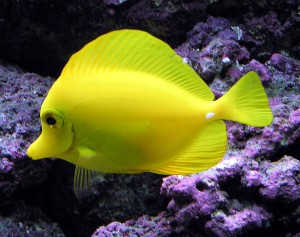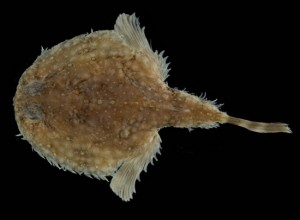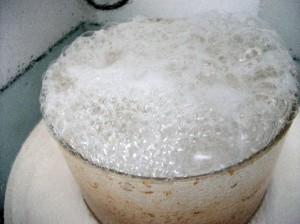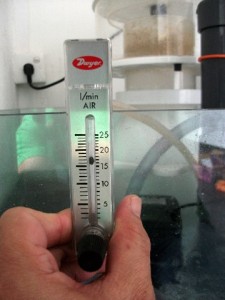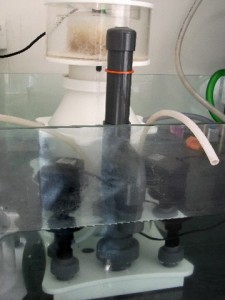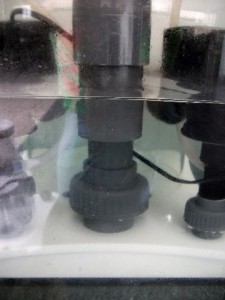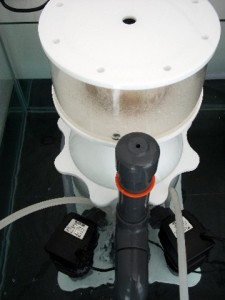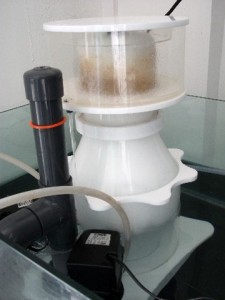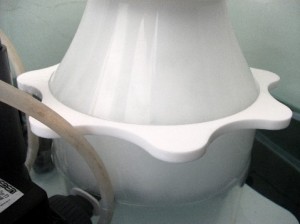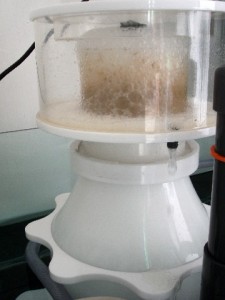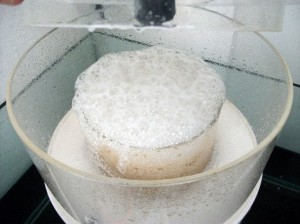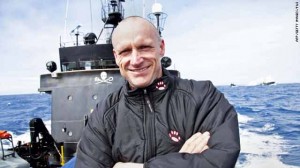
7 July 2010
Anti-whaling activist Peter Bethune was given a two-year suspended prison sentence and five years’ probation Wednesday by a Tokyo district court judge for his role in boarding a Japanese whaling ship.
Bethune was found guilty on five charges, ranging from assault against whalers to trespassing into a whaling vessel. Bethune had previously pleaded guilty to all charges but assault. He could have received up to 15 years behind bars on charges.
Bethune testified during his trial in May that he had no intention of hurting anyone when he protested Japan’s whale hunt.
The New Zealand activist from the Sea Shepherd Conservation Society said that he believed the bottles of butyric acid he threw at the Shonan Maru 2 whaling ship were non-toxic and would not harm anyone.
Prosecutors said the butyric acid burned two crew members of the Japanese whaling fleet, but Sea Shepherd called it a harmless, albeit rancid, liquid. Butyric acid is found in rancid butter and vomit.
At the May hearing, he tearfully described the January collision between the Shonan Maru 2 and the Sea Shepherd’s multi-million-dollar speedboat, the Ady Gil. The crash sunk the Ady Gil, which Bethune captained.
Weeks later, Bethune jumped aboard the Shonan Maru 2 and attempted to make a citizen’s arrest of the captain. He was arrested and brought back to Japan to face criminal charges.
“I admit that I boarded the Shonan Maru, but I believe that I have good reason to do so,” he said. “I admit that I fired the butyric acid.”
Bethune’s case is the first time a Sea Shepherd activist has been tried in a Japanese criminal court in the group’s long-running battle with Japan’s whalers in the icy waters of the Antarctic.
“It’s encouraged us. It’s certainly motivated us, and we’re going back to the Southern Ocean with far more support than ever,” said Paul Watson, Sea Shepherd founder. “I hope that we’ll be much more effective because of it.”
“Pete Bethune is a hero in New Zealand,” Watson added. “He’s a hero worldwide to people who want to see the end of whaling.”
Japan annually hunts whales in the Antarctic, despite a worldwide moratorium on whaling, under the loophole that a country may legally do so if its purpose is scientific research.
Sea Shepherd has claimed the science argument is a sham, noting that the whale meat then gets sold in Japanese markets and served in restaurants.
“They’re targeting endangered whales in an established international whale sanctuary in violation of the Antarctic treaty,” Watson said. “They’re criminals.”
CNN – Anti-whaling activist receives probation and suspended sentence
Share on digg

